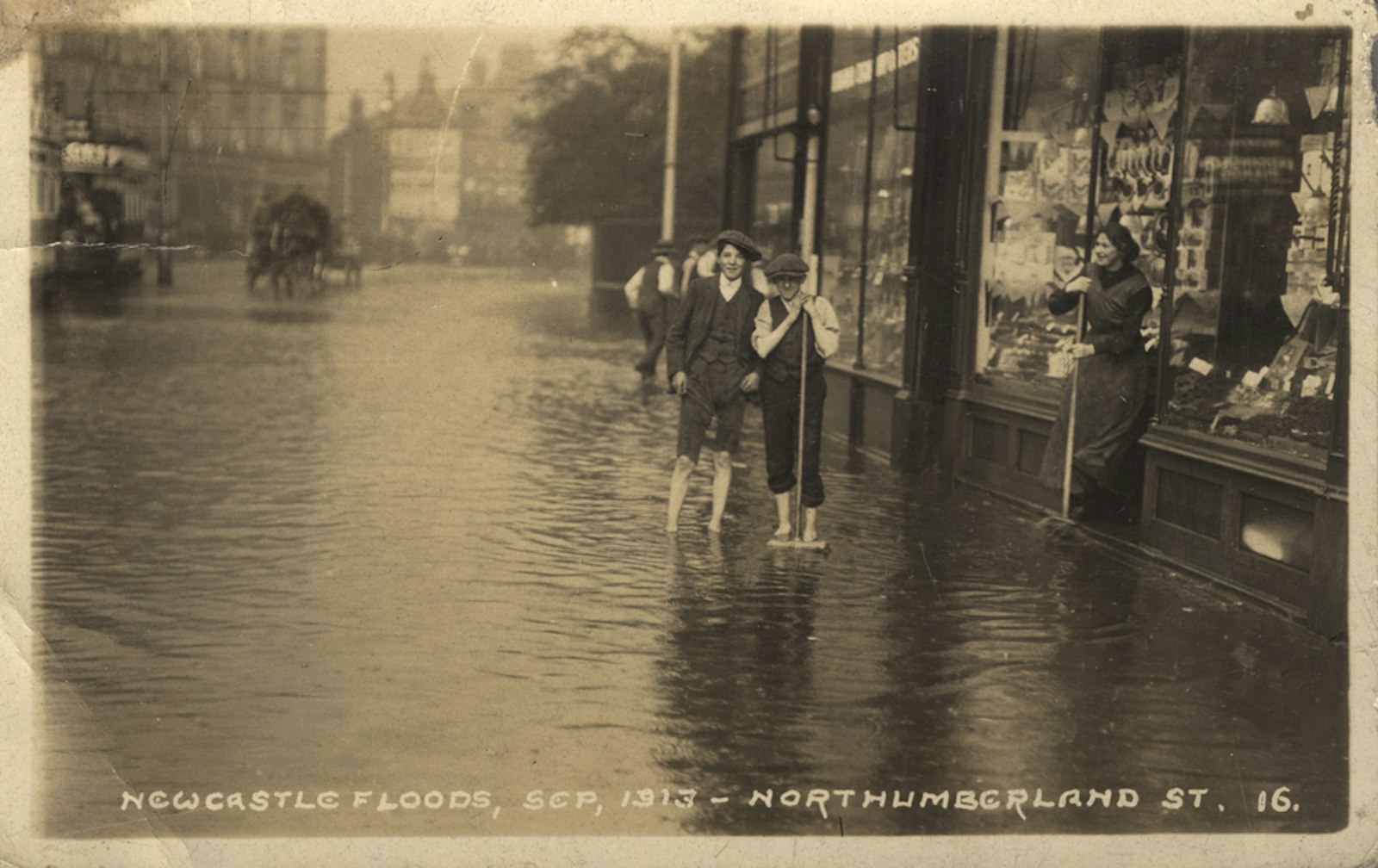During my first year out of college, a restaurant fire downstairs from a colleague’s apartment forced her out one night. She was surprised to learn that her landlord’s insurance wouldn’t cover the smoke damage to her stuff (and dry cleaning every piece of fabric you own gets expensive). It was a tough day for her, and everyone in our office called an agent to buy renter’s insurance that day. It was so cheap that even I could swing it, and this prompted me to consider insurance tips for crafters.
Considering the thousands of people affected by recent disasters, some of us in the Interweave office wondered what we’d do if it were us. How could we explain the value of some string and fluff? Is yarn covered? How about the WIP I’ve spent 2 years on? So I took the opportunity to call my insurance agent. Here are 10 insurance tips for crafters - have you thought of any of these?
1. Get insurance.
Homeowners are almost always required to have it, and some leases require renters to have coverage. Even if you’re not required, get renter’s insurance. It’s not as expensive as you might think, especially if you mainly want to insure your stuff (as opposed to liability, which can get spendy). If you can afford yarn, you can afford to insure it.
2. Talk to your insurance agent.
Explain what you have, how you use it, and your particular concerns. Ask her if she has suggestions for documentation, coverage, and other factors. If you buy a fancy new loom or spinning wheel, or even if it’s just been a few years, talk to the agent* about updating your policy.
(*Talk to your agent about this article—we’re not insurance experts or lawyers, and nothing here is intended to substitute for professional advice.)
3. Tell your agent about your whole stash.
Make an honest reckoning; this isn’t the time to be bashful. Your insurance agent won’t judge how much wool you have or how much your loom is worth. They just want to make sure to write a policy that will cover it.
4. Decide if this is a hobby or a business.
If you craft for pleasure, gifts, personal growth, or self-care, it’s probably considered personal property under homeowner’s or renter’s policies. If you sell things you make (or resell things you’ve purchased), you need a business policy.
5. Know what losses are covered.
Did you know that there’s more than one kind of flood? There are big natural disaster floods, but whether the city sewer backed up, the sprinkler pipe burst outside, or the washer broke inside affects whether you’ll be reimbursed. An insurance agent can identify potential hazards you may not have thought of. (Moths are not covered, at least under my policy. I asked.)
6. Keep records.
The “Stashed” tab on Ravelry may be a yarn crafter’s best friend in an insurance situation. It doesn’t need to be as precise as documenting each skein of yarn, but you don’t want to forget about the sweater quantity of cashmere. If you need to replace your stuff, you’ll need to know what you had. Even if you’re not a knitter or crocheter, you can use the feature to document your materials.
7. Take photos.
My insurance agent recommends walking around the house taking photos or video, especially in storage areas. Have you ever opened a bin of yarn and discovered a forgotten treasure? Snap a new set of photos every few months.
8. Understand “replacement cost” vs “actual cost value.”
As time goes by, the value of many things depreciates. If your house burns and you need a new couch, the replacement cost is what you’ll pay to buy a similar couch from the store. For a 10-year-old couch, the actual cost value may be $50, but you won’t have much couch to knit on for $50.
9. Document anything unusual.
If you’ve just purchased a brand-new dobby loom or custom spinning wheel, you can probably show how much you paid or what you’d pay to buy it again. If you have a museum-quality heirloom that you believe is worth a fortune, make sure to keep something to back it up.
10. If something’s worth more than the materials, be ready to explain.
If you bought a fleece for $50 and processed, spun, and wove it into a prize-winning coverlet, it may be easy getting insurance to cover another $50 fleece. As for the finished piece, though, keep this question in mind: What would it cost to go out and buy another like it? For a replacement-cost policy, that’s the applied standard.
Thanks to Allstate agent David Harrington of Boulder, Colorado, for his advice.

